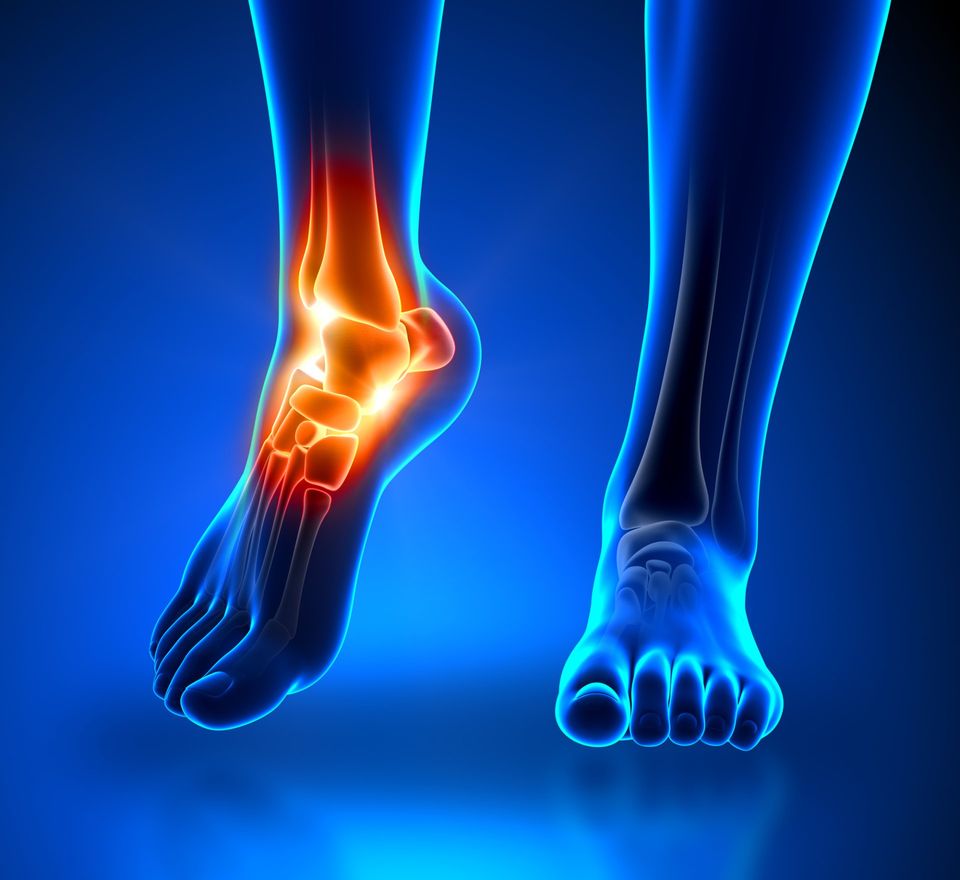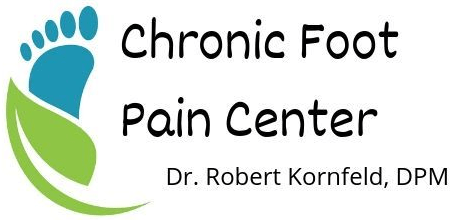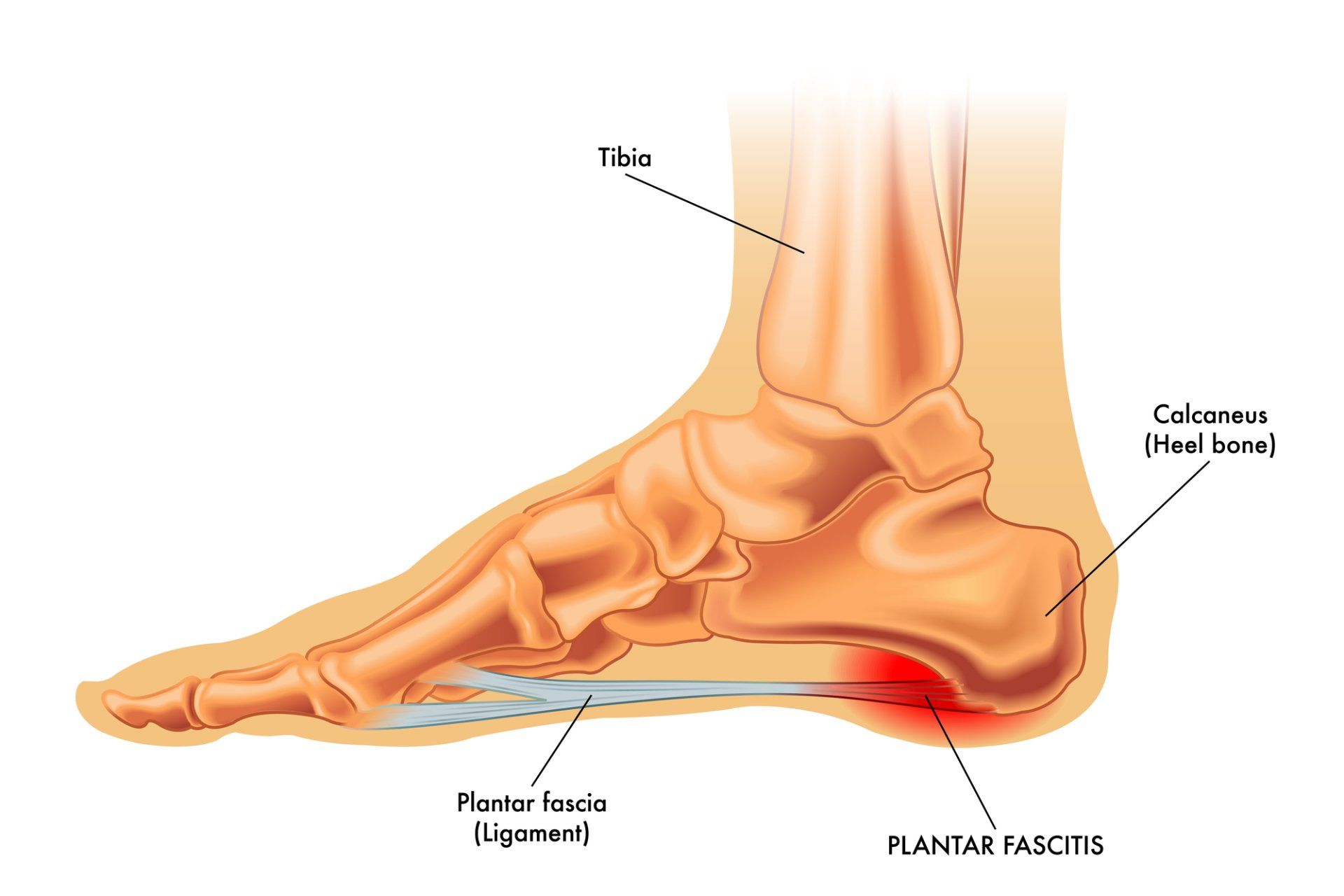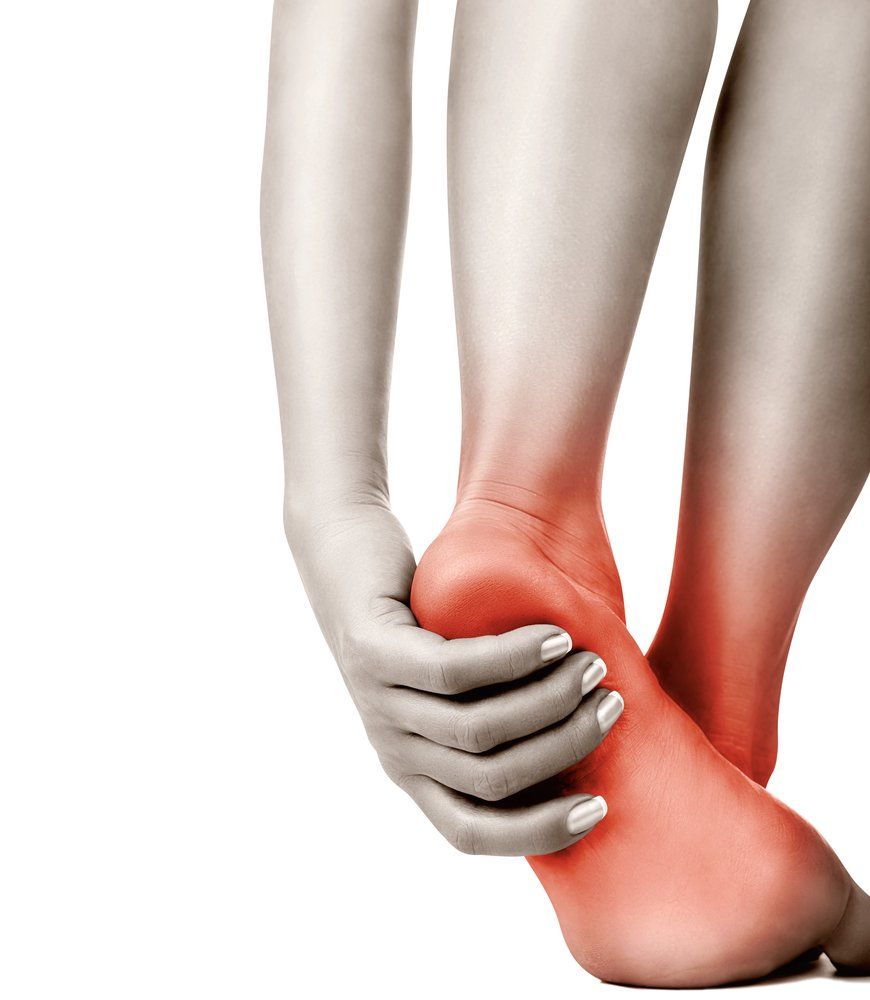Accepting New Patients
The Challenge of Statistical Analysis of Treatment Modalities
The Challenge of Statistical Analysis of Treatment Modalities

In the world of clinical medicine, it is important to qualify and quantify treatment modalities so we have a sense of what is most likely to succeed. Analysis typically includes the diagnosis, the age and sex of the patient, the height and weight of the patient, the type and age of the pathology and are, by design, a statistical analysis of what works and what doesn’t, all in the hopes of creating the most appropriate and successful therapies for a given condition.
Whenever I read a study or a meta-analysis on treatment modalities, the parameters used for evaluating the success or failure of a therapeutic approach seem to be always absent an extremely important facet of analysis - who is the patient? What are the specific genetic/epigenetic influences on the presenting pathology? What has been tried and failed? Even though we may see many patients with the same condition, the reason(s) they cross the morbidity threshold is unique to that patient. So when we undertake a conventional statistical analysis, we really don’t have an absolutely reliable understanding of why things work and why things fail. All we have are numbers and percentages to rely on. And therein lies the problem with traditional treatment and with traditional treatment analysis.
In my era of training, we were taught to make a diagnosis and then treat the symptoms. This is fine for that percentage of the population who at the time that treatment was rendered, responded to the applied therapy. But now that I have been in practice nearly 40 years, the flaws in this paradigm are glaringly obvious and somehow still seem not to get addressed. A patient with a chronic headache won’t respond to therapy if they keep banging their head on the wall. Instead of trying to come up with “better, more effective” treatment modalities, it behooves medicine to answer the question, “why did this patient not respond to conventional therapy”?
When we work to answer this question, then we enter the world of patient-specific medicine instead of trying to come up with a more effective therapy for this patient. This question can be answered when we understand as much as we can about this patient. In addition to the diagnosis, co-morbidities and what a review of systems reveals, we need to get a deep understanding of this patient’s physiology. That means we need information about their genetics as well as their diet, lifestyle and environmental influences on their genetics. We need to take a systems approach and evaluate the health of each system of the body, i.e. the immune system, the GI system, the endocrine system, the adrenal/neurotransmitter system and other nervous system functions, the vascular system, etc. We need to look at what immune burdens there are and how those burdens interfere with the maintenance of homeostasis in the body. Is the diet inadequate? Are there food sensitivities or vitamin deficiencies? Is the patient properly hydrated? Are there any hormonal imbalances? Is there a detoxification disorder? Are there digestion,abnormalities? Are there enzyme deficiencies? Is the patient sleeping well? Are they managing stress? Do they exercise? Are there any gene mutations? The list goes on. Getting this information reveals the reasons why this patient’s immune system is struggling to heal the pathology and why their condition is chronic.
When we address these burdens and correct them, we now have a more responsive immune system, one that is more efficient at detoxification, repair, replacement and replenishment. We now have a patient in better health and this has a profound effect on outcome. Realize that this approach does not conform to the evidence-based-medicine model. Why not? Simply because in working to achieve a healthier patient, we may change their diet, add more water, add some nutritional and/or herbal supplements, balance their adrenals and neurotransmitters, teach them sleep hygiene, put them on a stress management protocol, etc. and once the patient is in a better state of health, we can then employ treatment modalities that support natural human physiology and healing. This could include PT, homeopathic injections, prolotherapy, amniotic allograft injection, platelet-rich-plasma injections or mesenchymal stem cells. All of these approaches stimulate the healing mechanisms of the body. There is no way to employ a random controlled trial on a single agent vs. a placebo to prove efficacy since there are so many pieces to the protocol. All by themselves, each one will not get the patient healed. It is the multi-tiered, multi-faceted approach that gets the job done.
It is quite obvious that in spite of all of our medical technology and surgical expertise, there has been a steady rise in patient morbidity. We are seeing more conditions overall and more conditions that do not respond as expected. Chronic pain and disease are not a function of inadequate therapies. They are a function of modern living and the effect it is having on the human immune system. Refined foods, chemical preservatives, colorings, flavorings, artificial ingredients, GMOs, air and water pollution, stress, lack of sleep, poor relationships, prescription and OTC medications, etc have all combined to cause many “lifestyle” diseases brought on by inadequate nutrition, oxidative stress, hormonal imbalance, toxicity, enzyme deficiency, etc.
If we truly want to develop reliable and helpful analytics, it is time to include the patient in the equation so we can apply the most appropriate approach to THIS patient with the highest probability of a successful outcome. This means that a meta-analysis of anecdotal medicine will give us a more comprehensive and reliable approach to treating our patients once this approach becomes universally applied to patient care. It is both frustrating and disturbing to me how reluctant the traditional medical community has been to embrace this paradigm of patient care since I have been practicing this way for over 30 years and have witnessed the benefits first hand in thousands of my patients.
Dr. Robert Kornfeld is the founder of The Chronic Foot Pain Center with offices in Manhattan and Long Island. His 39 years of experience with a sub-specialty focus on the natural treatment of chronic foot pathology makes him uniquely qualified to assess and treat all kinds of chronic pain syndromes of the foot and ankle. To learn more, check out his website at www.drrobertkornfeld.com as well as his Facebook page at Chronic Foot Pain Center – Dr. Robert Kornfeld.
LONG ISLAND
Dr. Robert A. Kornfeld, DPM, Holistic Podiatrist
551 Port Washington Blvd. Port Washington, N.Y. 11050
(516) 369-3172
(516) 945-0888
MANHATTAN
Dr. Robert A. Kornfeld, DPM, Holistic Podiatrist
127 East 56th St. 4th Floor, New York, N.Y. 10022
(516) 369-3172
(516) 945-0888
All Rights Reserved | Chronic Foot Pain Center










